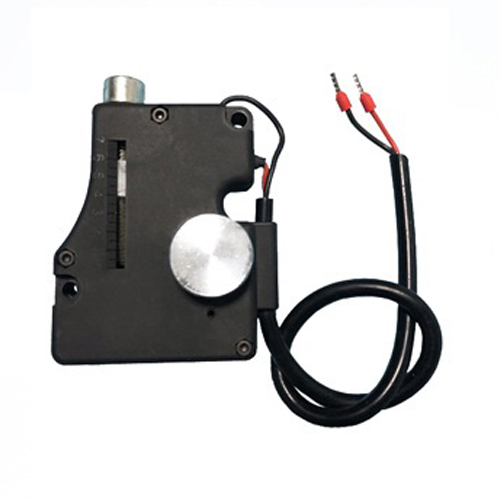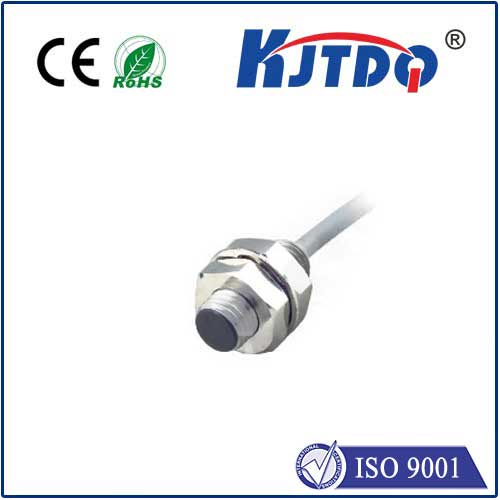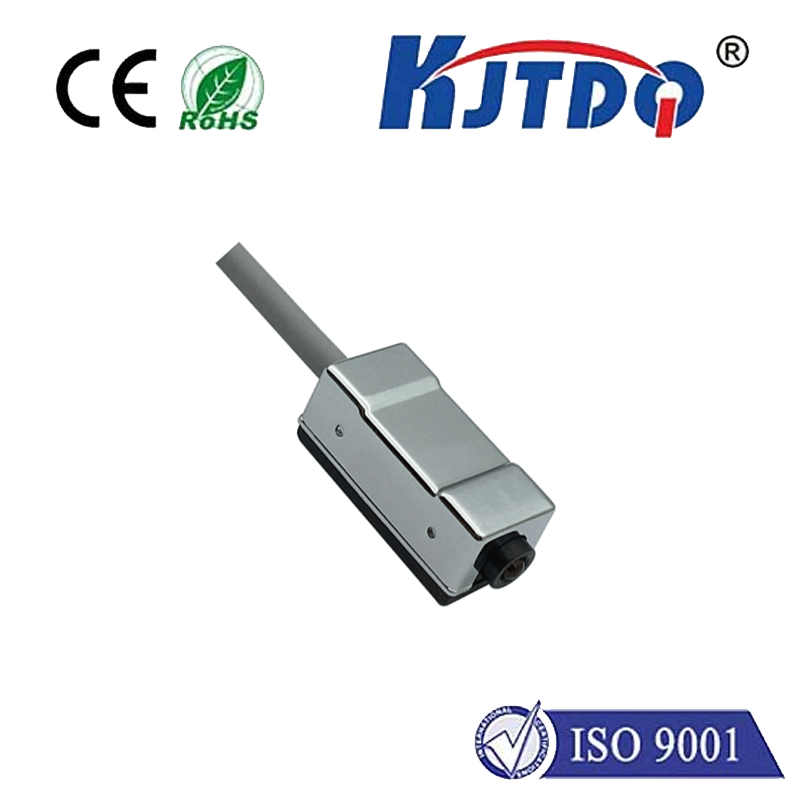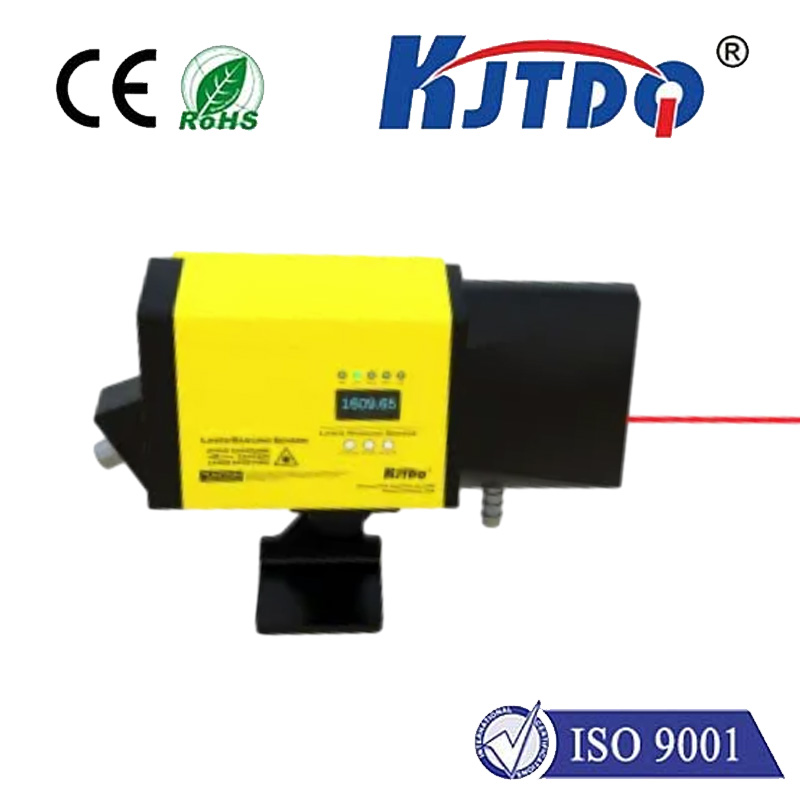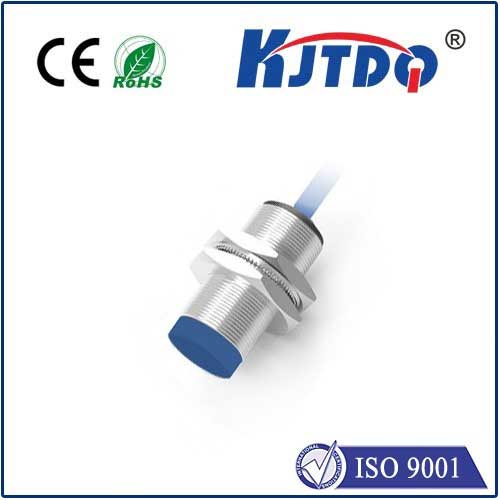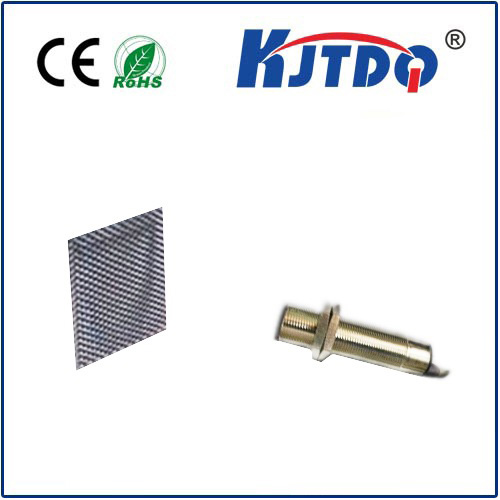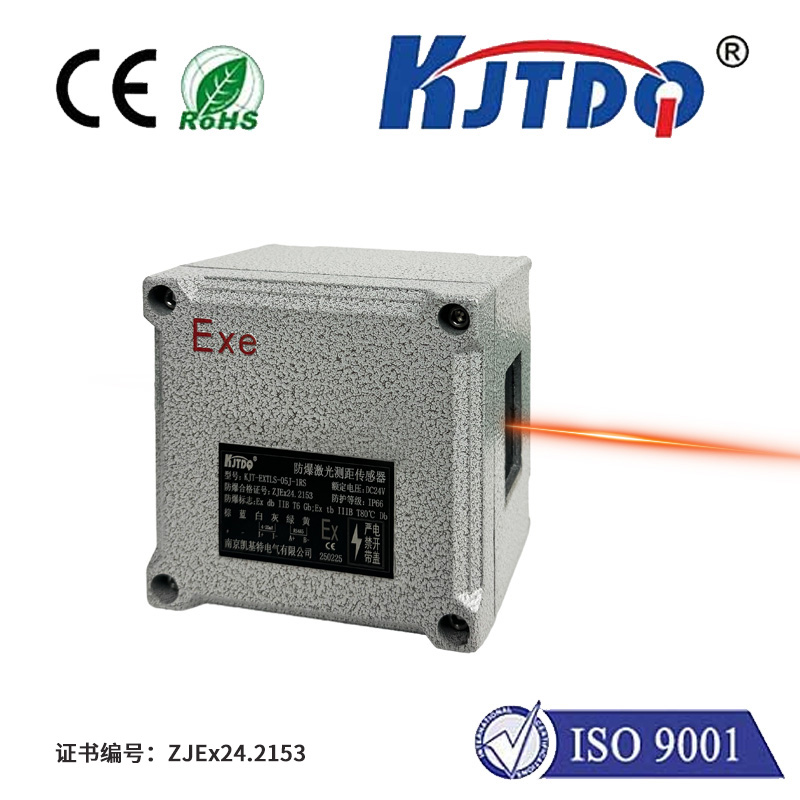E3Z-LS86 Photoelectric sensor
- time:2025-09-26 06:18:20
- Click:0
E3Z-LS86: Omron’s Compact Powerhouse For Industrial Automation
Imagine a spacecraft landing precisely on a distant asteroid, its automated systems relying on split-second detection to navigate hazards. While that scenario pushes the limits, similar fundamental sensing principles operate tirelessly within the factories and production lines shaping our everyday world. Reliable detection is the unsung hero of modern automation, ensuring everything from your car’s assembly to the packaging of your groceries operates flawlessly. At the heart of many such critical tasks lies the photoelectric sensor, and the Omron E3Z-LS86 stands out as an exemplary model of compact, robust design and dependable performance.
Understanding the Photoelectric Principle
Before diving into the specifics of the E3Z-LS86, let’s grasp the core principle. Photoelectric sensors work by emitting a light beam (visible red LED, infrared, or laser) and detecting changes in the received light. Objects interrupt or reflect this beam, triggering the sensor’s output signal. They excel at detecting objects without physical contact, making them ideal for countless applications involving fast-moving parts, delicate items, or simply where wear-and-tear from mechanical contact is undesirable. The E3Z-LS86 utilizes a through-beam sensing method, where an emitter and receiver are separated, detecting an object when it breaks the light beam between them.
Why the E3Z-LS86 Stands Out

Within Omron’s extensive E3Z series of miniature photoelectric sensors, the E3Z-LS86 shines for several compelling reasons, particularly where space is tight but performance is paramount:
- Ultra-Slim Profile: With a remarkably thin body measuring just 15 mm in width, the E3Z-LS86 fits into incredibly confined spaces where traditional sensors simply cannot go. This makes it perfect for modern machinery with densely packed components.
- Exceptional Sensing Performance: Don’t let its size fool you. This sensor offers a long sensing distance of up to 4 meters, providing significant flexibility in installation layout. Its high sensitivity allows for reliable detection of even small or difficult-to-sense objects that might challenge other sensors.
- Rugged Construction & Reliability: Built to withstand harsh industrial environments, the E3Z-LS86 boasts an IP67 protection rating. This means it is dust-tight and capable of withstanding immersion in water up to 1 meter deep for 30 minutes. It shrugs off typical workshop grime, splashes, and washdowns common in food processing, packaging, and manufacturing.
- Blazing Fast Response Time: Speed is critical in high-cycle automation. The E3Z-LS86 delivers with an incredibly quick response time of 250 μs (0.25 milliseconds). This ensures it keeps pace with rapid production lines, preventing missed detections or bottlenecks.
- Easy Installation & Alignment: Designed with practicality in mind, the E3Z-LS86 incorporates visible red LEDs for both power (Stability Indicator) and output status (Operation Indicator). This visual feedback drastically simplifies initial setup and assists in rapid troubleshooting during operation. Integral mounting brackets further streamline installation.
- Versatile Electrical Compatibility: Featuring both PNP (Sourcing) and NPN (Sinking) output configurations, the E3Z-LS86 integrates seamlessly with a vast array of PLCs (Programmable Logic Controllers) and control systems, regardless of the prevalent signal type in your facility. Its wide 12-24 VDC operating voltage range (+/- 10%) ensures compatibility with standard industrial power supplies.
Real-World Applications: Where the E3Z-LS86 Excels
The combination of its compact size, long sensing range, robustness, and speed makes the E3Z-LS86 incredibly versatile. You’ll find it performing critical detection tasks across diverse sectors:
- Packaging Machinery: Ensuring cartons are present before filling, detecting missing bottles or cans on high-speed filling lines (e.g., verifying a bottle is upright for filling), confirming case flap closure before sealing, and counting products entering a shrink wrap tunnel.
- Material Handling & Conveyors: Detecting the presence of boxes or totes on conveyor lines, verifying pallet positioning for loading/unloading robots, pinpointing the leading/trailing edges of sheets or webs for precise cutting or printing registration, and counting items passing a point for inventory control.
- Automotive Manufacturing: Verifying component presence before robotic assembly (e.g., ensuring a dashboard component is correctly positioned), detecting empty fixture positions, monitoring the passage of car bodies through paint booths, and confirming correct part orientation before installation.
- Electronics & Semiconductor: Detecting wafers or PCBs (Printed Circuit Boards) on handlers, confirming the presence of components prior to pick-and-place operations, sensing panel positioning in displays, and verifying tiny connector placements. Its precision is vital in these sensitive environments.
- Food & Beverage Processing: Confirming bottle cap presence before capping (ensuring no uncapped bottles proceed), detecting filled levels in transparent containers before capping, verifying label application on containers, and sensing containers entering a cartoning machine. Its IP67 rating is crucial here for washdown resistance.
- Pharmaceutical: Ensuring blisters are present in packaging lines before sealing foil is applied, detecting vials on conveyors for filling or labeling, and verifying syringe plunger position during assembly. Hygiene and reliability are non-negotiable.
Integrating the Omron E3Z-LS86
Implementing the E3Z-LS86 is generally straightforward due to its design:
- Mounting: Securely mount the emitter and receiver units using the provided brackets opposite each other, ensuring alignment within the specified sensing distance range (considering beam spread).
- Alignment: Power the units. The stability indicator on the receiver (typically a green LED) confirms beam reception. Fine-tune the alignment until this indicator lights steadily. The operation indicator (typically orange or red) shows the output state – lighting up when the beam is blocked. Small alignment tools can be invaluable for precise setups over distance.
- Wiring: Connect the power supply (12-24 VDC) to the designated terminals on both the emitter and receiver units. Connect the receiver’s output wire (PNP or NPN as needed) and the common wire to your PLC input card or controller. Always refer to the specific datasheet wiring diagram for your variant (e.g., E3Z-LS86, E3Z-LS86-W, E3Z-LS86-M1J).
- Sensitivity Adjustment (if applicable): Some variants might offer sensitivity adjustment via potentiometers. Fine-tune if necessary to ensure reliable detection of your specific target object while minimizing false triggers from background or ambient light (though the E3Z series generally has good ambient light immunity).
- Testing: Run test scenarios with the target objects to verify consistent and reliable detection under all expected operating conditions. Observe the stability and operation LEDs for confirmation.
The Compact Solution for Demanding Detections
In the relentless world of industrial automation, where space is premium and reliability is king, the Omron E3Z-LS86 photoelectric sensor proves its worth repeatedly. Its ultra-slim 15mm profile conquers installation challenges that baffle bulkier sensors, while its impressive 4-meter sensing range and **












